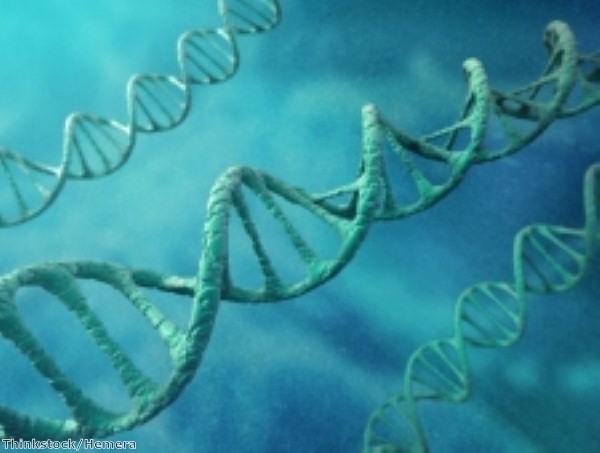Scientists have identified a mutated gene which causes a particularly debilitating kind of brain tumour, possibly leading the way to new treatments for the condition.
The only treatments currently available for the tumours, which affect less than one in 100,000 people, are repeated surgery and radiation therapy.
Research conducted by scientists from Dana-Farber/Boston Children's Cancer and Blood Disorders Center, Massachusetts General Hospital, and the Broad Institute of MIT and Harvard, reveals that drugs currently used to treat other kinds of tumours could be used to treat tumours known as craniopharyngiomas.
There are two types of craniopharyngiomas: adamantinomatous and papillary. They form in the base of the brain near the pituitary gland, hypothalamus, and optic nerves.
A mutated gene known as BRAF was discovered in all samples of papillary craniopharyngiomas, which mainly occur in adults.
The other type, adamantinomatous, occurs mainly in children. A different mutant gene was found to drive these tumours. The researchers said drugs to treat these tumours could become clinically available in the future.
"From a clinical perspective, identifying the BRAF mutation in the papillary tumors is really wonderful, because we have drugs that get into the brain and inhibit this pathway," said Sandro Santagata, MD, PhD, a co-senior author of the paper. "Previously, there were no medical treatments – only surgery and radiation – and now we may be able to go from this discovery right to a well-established drug therapy."
Malignant melanoma is currently treated using BRAF inhibitors and plans are now underway to test the effectiveness of this treatment in patients with papillary craniopharyngiomas.
Craniopharyngiomas can cause a number of debilitating conditions, including headaches, visual impairment, hormonal imbalances, obesity and short stature. Tumours often recur and, although they do not metastasise, are difficult to treat even using advanced neurosurgical techniques.
A single mutated BRAF gene was found to be the sole driver of 95 per cent of the papillary craniopharyngiomas analysed by the team with whole-exome DNA sequencing.
If the inhibitors prove successful in halting or reversing the growth of tumours, they could be used to reduce their size in order to prevent the need for major surgery.

